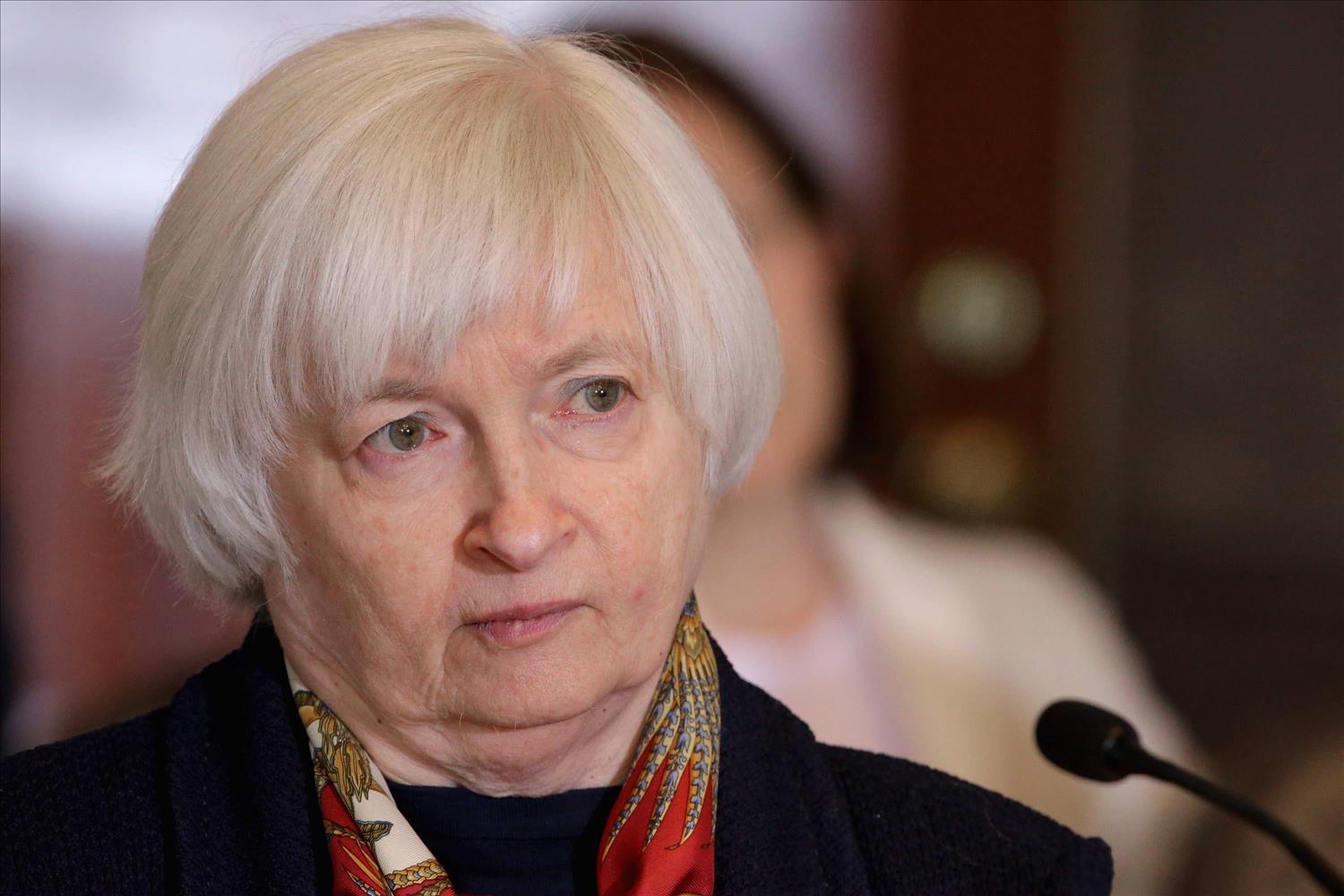
403
Sorry!!
Error! We're sorry, but the page you were looking for doesn't exist.
The Fed's policy calculus and financial markets
(MENAFN- Khaleej Times) The april payrolls data demonstrated that US economic growth has hit a soft patch. The US economy only added 160000 jobs in April less than the expected 203000 average in the first three months of 2016. One disappointing data point does not imply a macroeconomic trend reversal since the US economy added 2.8 million jobs between March 2015 and March 2016. Statistical and measurement errors alone can explain a single month's job growth slump and the rise in average hourly earnings and wage growth demonstrates that the US labour market is hardly in crisis. Auto sales are 17 million units a post-crisis high. The epic fall in gasoline prices is a de facto "tax cut" for the US consumer 70 per cent of American GDP. While New York Federal Reserve President Bill Dudley said that the softer April payroll data does not rule out any chance of a Fed rate hike in June the financial markets assign a minimal probability to this scenario. However since first quarter GDP fell to 0.5 per cent the Yellen Fed will most probably wait until the late-July FOMC to determine if economic growth gained momentum in the second quarter. The June 23 British referendum on the EU is another macro risk that the American central bank will want to do nothing next month and wait for the July FOMC. A July rate hike then needs stronger payroll growth in May and June and no Brexit vote in the referendum. Goldman Sachs' US economist team has postponed its timetable for the next Fed rate hike from June to September FOMC. The Federal Reserve has slashed its projected rate hikes from four to two in 2016. Janet Yellen is risk-averse since the December rate hike led to carnage in the global financial markets and US growth data for the past year barely add up to 1.9 per cent GDP growth and inflation well below the central bank's two per cent target. However the Federal Reserve now runs the risk of raising rates just as the US presidential election reaches its endgame. Donald Trump has already suggested to replace Yellen a clear threat to the political independence of the Fed. The Chicago interest rate futures markets suggest only six per cent odds of a Fed rate hike in June but 52 per cent by December 2016. It is even possible that if the US economy just "muddles through" the Yellen Fed will not raise interest rates until after the November election. The two-year US Treasury note has fallen to 0.7 per cent from 1.05 per cent year-to-date a clear signal that the Uncle Sam security most sensitive to changes in the Fed's monetary policy outlook does not expect any imminent interest rate rise. The US Dollar Index has fallen six per cent in 2016 as investors have priced in deferred Fed interest rate hikes by the first half of 2016. The Japanese yen has risen 10 per cent against the US dollar in 2016 to 106 as the Bank of Japan has not delivered another "shock and awe" policy easing. The euro has risen to 1.14 despite negative ECB deposit rates and macro political risks (the migrant crisis Russia sanctions UK referendum and Spain). A lower US dollar delayed Fed tightening and stronger commodities prices have led to bull markets in emerging currencies led by the Brazilian real and the Russian rouble. Yet the resignation of Turkish Prime Minister Ahmet Davutoglu after losing a power struggle with President Erdogan shows that political risk can devastate emerging markets. The fall in the US dollar has not had a bullish impact on the GCC property markets as bear markets due to high supply credit market stresses and job losses continue. After Brent and West Texas crude benchmark rose 60 per cent from their late-January lows the oil markets had their first losing week. Oil bulls focus on the fall in US shale output from 9.6 to 9.1 mbd and the collapse in capex/exploration in non-Opec states as well as a Saudi-Russian output freeze but the global oil markets still suffer from a glut in black gold. This is the reason Brent crude fell 5.8 percent last week despite the wildfire crisis in Alberta. Canada after all is the largest supplier of crude to the US at 3.6 mbd. If global growth declines Brent crude could well fall to 38-40 this autumn.

Legal Disclaimer:
MENAFN provides the
information “as is” without warranty of any kind. We do not accept
any responsibility or liability for the accuracy, content, images,
videos, licenses, completeness, legality, or reliability of the information
contained in this article. If you have any complaints or copyright
issues related to this article, kindly contact the provider above.


















Comments
No comment